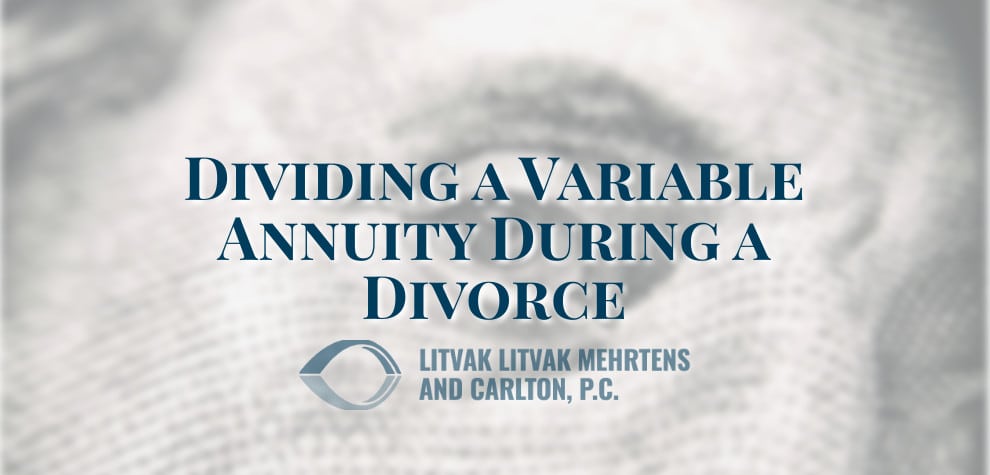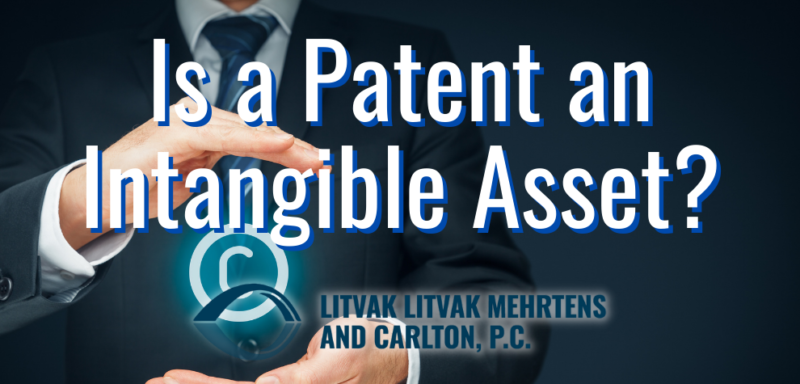Everyone in Colorado knows that divorces can get complicated. Sometimes, that’s because of the emotional part of the process. At other times, even when things are amicable, the division of assets can be confusing and difficult. One example of a tricky asset that’s often divided in divorces is an annuity. We’ll explain how the process of dividing a variable annuity during a divorce works in this post.
What is a Variable Annuity?
Annuities are instruments that some people use to save for their retirement. They’re purchased through insurance companies. Many annuities are fixed and offer a guaranteed return that’s already been specified, so the purchaser knows exactly how much money they’ll get when they’ve retired.
Variable annuities are different. The return of a variable annuity depends entirely on the way the underlying assets perform in the marketplace. Usually, variable annuities are tied to mutual funds.
How Do You Transfer an Annuity During a Divorce?
Retirement assets are often split in a divorce. An annuity is divided when the court orders it, and the judge does this with an instrument called a qualified domestic relations order. The party who originally owned the whole annuity doesn’t have to do anything; the insurance company will. Essentially, the insurance company takes the mandated percentage of the variable annuity and uses it to create a new one.
The new annuity comes with all the same rights and responsibilities as the original one. For example, the new owner will need to pay taxes on it. Transferring a variable annuity has to be done properly, or there can be serious consequences for the parties involved. Finding a law firm that’s experienced in asset division may be key to a smooth annuity transfer.






